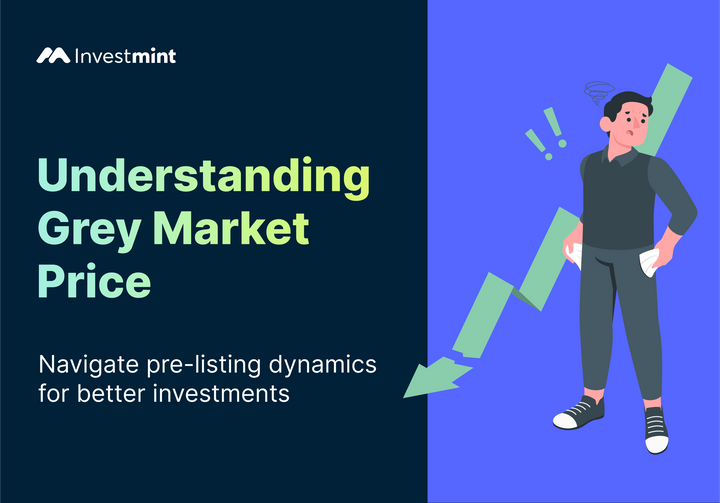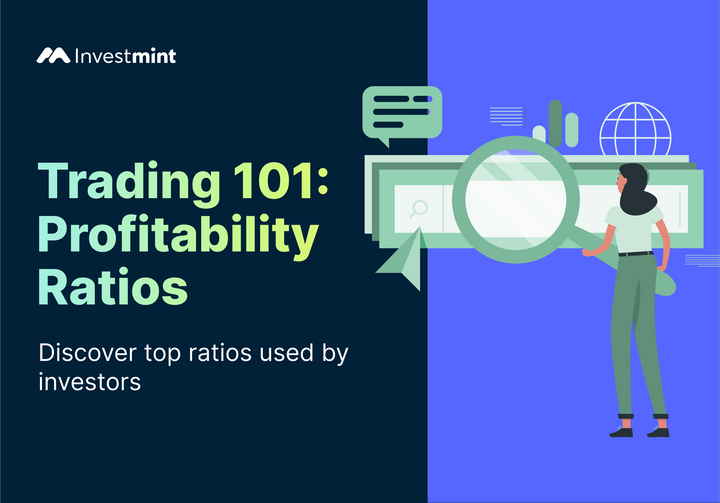Understanding the Difference In Algo, Quantitative & Systematic Trading
Algo, quantitative and systematic trading are related but distinct approaches. Learn about these three trading techniques and find the one that suits your goals and trading style.

Introduction
Trading in the modern world relies on speed and efficiency—every second matters. Innovative strategies and cutting-edge technologies are now reshaping traditional investment approaches. Among the most prominent players in this realm are algorithmic, quantitative, and systematic trading.
While these terms may sound similar, they represent distinct methodologies that utilise advanced algorithms, data analysis, and systematic frameworks to navigate the complexities of the market. Understanding the nuances and differences among these approaches is crucial for investors and traders looking to leverage technology and data-driven decision-making to their advantage.
In this article, we will delve into algo, quantitative, and systematic trading, unravelling their unique characteristics, exploring their benefits, and deciphering the factors that set them apart.
What Is Algorithmic Trading?

Algorithmic trading is a term for using computer programs, or algorithms, that carry out trades in financial markets. The algorithms analyse data loads, apply predefined rules, and perform automatic trades without human intervention. The main concept behind algorithmic trading is to utilise technology and automation to make trading efficient.
One major benefit of algo trading is increased speed and efficiency in trade execution. It can react to market conditions and execute trades faster than human traders, potentially leading to better prices and reduced transaction costs. Algo trading also allows for the execution of complex trading strategies that may be difficult to implement manually. Another benefit is that it minimises emotional bias since trades are executed based on predefined rules rather than human emotions.
However, there are also some concerns with algo trading.
One big risk is technical failures, like software glitches or connectivity issues, which can result in significant financial losses. There's also the possibility of over-reliance on algorithms, which may not account for unexpected market events or changing conditions. Moreover, algo trading can contribute to market manipulation or flash crashes by amplifying volatility and market movements.
What Is Quantitative Trading?

Quantitative Trading is carried out with the use of mathematical models to identify trading opportunities and buy and sell securities. Quantitative traders use strategies based on quantitative analysis – mathematical computations and number crunching – to identify trading possibilities involving many securities.
Quantitative trading allows traders to leverage advanced mathematical models and data analysis techniques to uncover and profit from market inefficiencies. Quantitative trading aims to make objective trading decisions based on data-driven insights by removing human emotions from the decision-making process. It also helps manage risk effectively through sophisticated risk management models and diversification strategies.
As with algo trading, quantitative trading also has downsides. The development and maintenance of complex mathematical models and data infrastructure can be expensive and time-consuming. It requires expertise in both finance and quantitative analysis. Additionally, reliance on historical data and assumptions in the models introduces the risk of model inadequacy or changing market dynamics, which can lead to suboptimal trading outcomes. Lastly, if many other market participants use similar quantitative strategies, it can result in overcrowded trades and reduced profitability.
What is Systematic Trading?

Systematic Trading is a trading approach that relies on predetermined rules and systematic processes to make investment decisions. Systematic traders use quantitative models, technical indicators, and historical data to identify entry and exit points for trades. The aim is to remove human emotions and biases from decision-making and execute trades based on a systematic framework.
Systematic trading offers several advantages. It provides a disciplined and consistent approach to trading, reducing the impact of emotional biases and subjective decision-making. It allows backtesting strategies using historical data to assess performance and refine trading rules. Systematic trading also enables the automation of trade execution, resulting in faster and more efficient order placement.
Similarities Between Them
Algorithmic trading, quantitative trading and systematic trading have a lot of similarities, some of which are discussed below:
- All three types of trading rely on data analysis to make informed decisions. Data is central to all these strategies, whether market data, historical data, or statistical analysis. It helps traders identify patterns, trends, and anomalies that can be used to their advantage.
- Another similarity is the use of automation. Algorithmic, quantitative, and systematic trading all aim to remove human emotions and biases from the equation. They implement predefined rules and systematic frameworks that guide the trading process. This automation allows for faster and more efficient trade execution. Speed and efficiency are key priorities for all three types of trading. They leverage technology and advanced tools to execute trades quickly and exploit market opportunities. The goal is to capitalise on favourable conditions and avoid losing potential profits.
- Strategy development is also a shared aspect. Algorithmic, quantitative, and systematic trading requires developing and refining trading strategies. For traders, the key lies in putting their strategies to the test using historical data, fine-tuning them for enhanced performance, and keeping a vigilant eye on their outcomes. It's a constant pursuit of discovering the most effective approaches and remaining adaptable amidst the ever-changing dynamics of the market.
- Objective decision-making is another common thread. These trading approaches aim to make decisions based on data-driven insights and predefined rules. By relying on objective criteria rather than subjective biases, traders can avoid common pitfalls and make more informed choices.
- Lastly, risk management is a priority for all three types of trading. They incorporate techniques to manage and mitigate potential risks associated with trading activities. It's all about protecting capital and optimising risk-adjusted returns.
Difference Between Algorithmic, Quantitative, and Systematic Trading
While many aspects are common among the trading methodologies, they are distinct from each other and used to achieve different outcomes. Here’s what you need to know:

Why Is Systematic Trading Good For Beginners?
Although all three trading styles are useful for everyone, Algo and Quantitative trading requires a lot of knowledge of markets as well as different regions like coding, quantitative analysis, etc. However, the systematic approach can be followed by anyone. Well, it's because of its structured and disciplined nature.
Systematic trading provides beginners with a clear framework and predefined rules to follow. This helps them navigate the complexities of the financial markets without getting overwhelmed. By sticking to a systematic approach, beginners can avoid impulsive or emotional decisions that could lead to poor outcomes. They can also backtest their strategies using historical data, gaining confidence in their approach. This methodical approach instils discipline, reduces the impact of human biases, and provides a solid foundation for beginners to develop their understanding of trading principles.
Conclusion
- Algorithmic trading: Uses computer algorithms to execute trades quickly and efficiently based on predefined rules.
- Quantitative trading: Relies on mathematical models and data analysis to identify trading opportunities and make objective decisions.
- Systematic trading: Follows predefined rules and systematic processes to execute trades, aiming to remove human emotions and biases.
- Systematic trading is often recommended for beginners due to its structured and disciplined approach, providing a solid foundation for understanding trading principles.
Checkout more interesting reads on our blog





